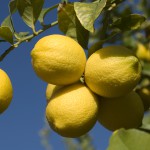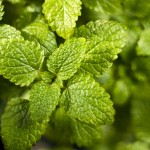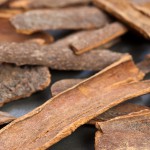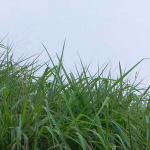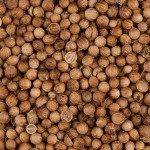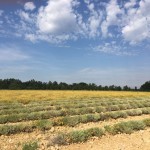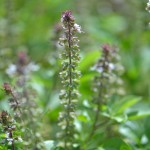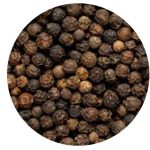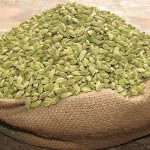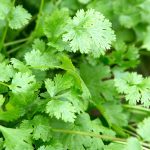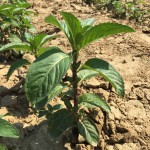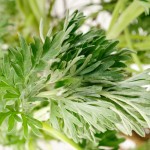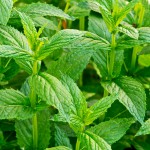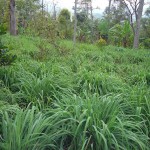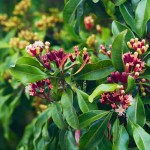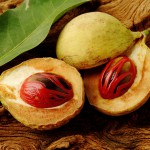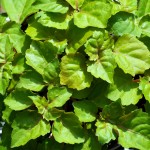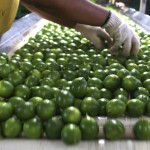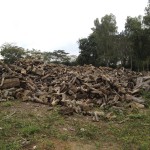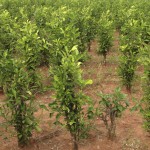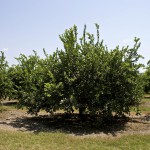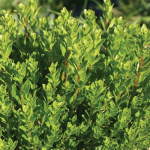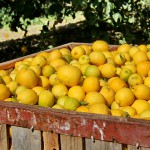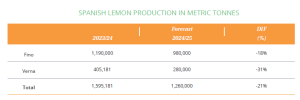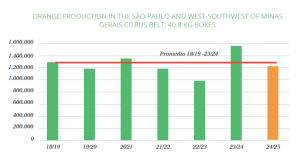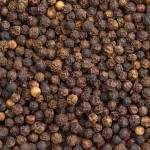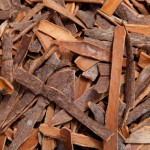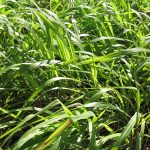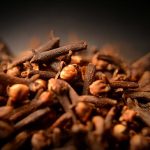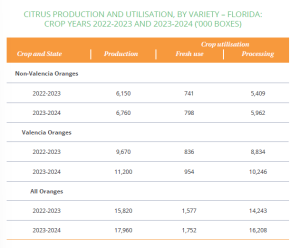Orange Oil CP
Citrus sinensis
According to the Fundecitrus forecast released in September, the 2024-2025 orange production in the São Paulo and West-Southwest of Minas Gerais citrus belt is expected to decrease to 215.8 M. boxes of 40.8 kg each. This represents a 7.1% decrease compared to the initial estimate in May of 232.38 M. boxes.
This production is divided as follows (figures in parentheses indicate the drop in production as compared to the previous estimate):
- 36.47 M. boxes of the Hamlin, Westin, and Rubi varieties (-1.8%);
- 14.89 M. boxes of the Valencia Americana, Seleta, Pineapple and Alvorada varieties (-5.3%);
- 63.42 M. boxes of the Pera Rio variety (-10.6%);
- 74.39 M. boxes of the Valencia and Valencia Folha Murcha varieties (-8.8%);
- 26.61 M. boxes of the Natal variety (-1.4%).
The crop reduction is due to the smaller fruit size, which is a direct consequence of the hot and dry weather. 264 pieces of fruit will be required to fill a 40.8 kg box, 23 more pieces than estimated in May. This means the oranges are expected to weigh an average of 155 grammes, which is below the initial projection of 169 grammes. The weather conditions forecast in May for the first four months of the crop season were worse than expected, with rainfall 31% lower, according to Climatempo data. Additionally, high temperatures during the fall and winter intensified evapotranspiration, worsening the severity of the drought. Higher temperatures also accelerated fruit ripening. This led to a faster harvest pace. Consequently, the orange development period is shorter, and more than half of the crop will be harvested under drought conditions.
Harvest anticipation has a positive effect on reducing the fruit drop, mainly due to a reduction in the drop caused by greening.
Fundecitrus’ annual survey of HLB in Brazil indicates that disease incidence rose from 38.06% in 2023 to 44.35% in 2024 throughout the Citrus Belt of São Paulo and Triângulo/Southwest Mineiro. This is the seventh consecutive year of growth for the disease.
HLB was found in approximately 90.36 million trees. In total, there are 203.74 million orange trees throughout the Citrus Belt.
Improved actions recommended by Fundecitrus and put into practice by citrus growers in psyllid control measures have recently been observed. These practices include the use of more efficient products, adoption of insecticide rotation with different modes of action, reduction of application interval and better spray quality.
Market prices : USD 19.00 /kilo
 Let’s revive timeless memories of the iconic fragrances and flavors of the 70’s era. In addition, browse and discover all the latest essential oils from growing regions around the world. In addition, our downloadable version is packed with additional articles.
Let’s revive timeless memories of the iconic fragrances and flavors of the 70’s era. In addition, browse and discover all the latest essential oils from growing regions around the world. In addition, our downloadable version is packed with additional articles. Ultra International B.V.
Ultra International B.V.
